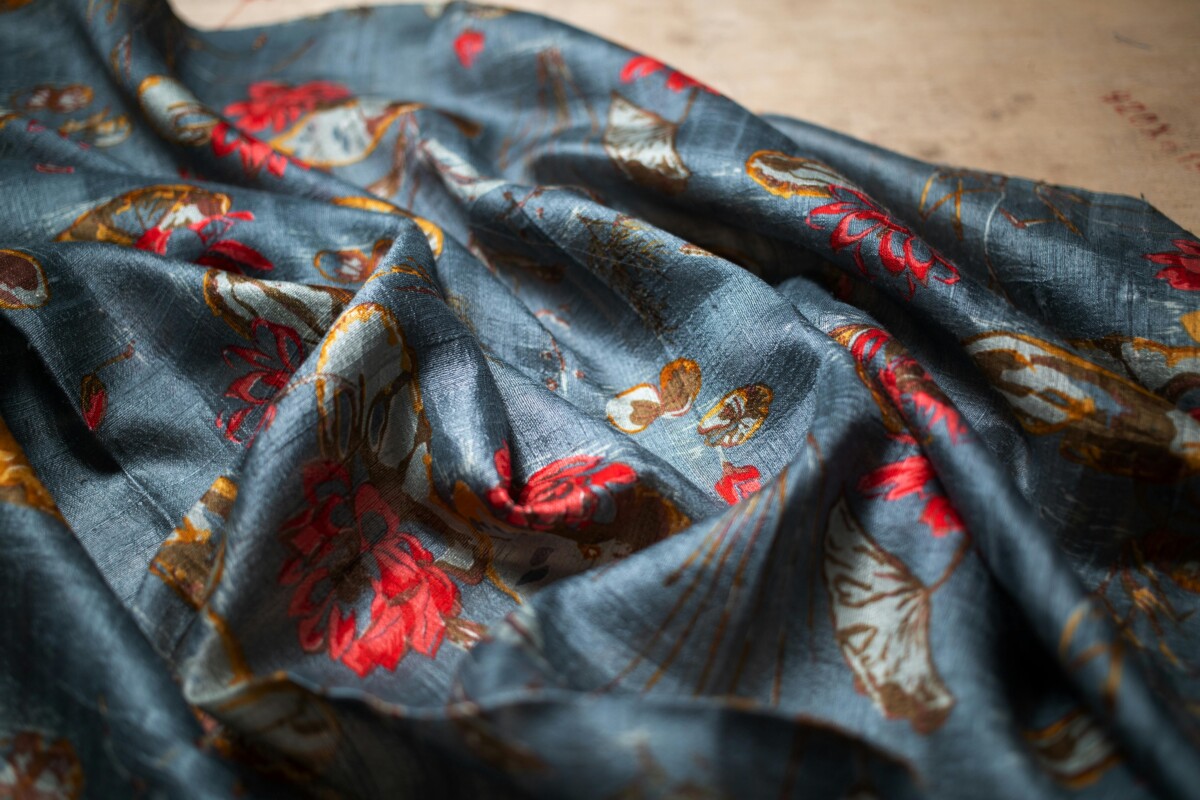Textile finishing is the final and crucial stage in textile manufacturing, where fabrics are treated to enhance their appearance, feel, functionality, and performance. From improving softness to making fabrics wrinkle-free or water-repellent, finishing transforms raw textile materials into usable and market-ready products.
Finishing adds commercial value and plays a key role in determining the fabric’s final quality and appeal. It includes mechanical and chemical processes that make the fabric suitable for its intended end-use, whether for apparel, home furnishing, medical textiles, or technical applications.
Purpose of Textile Finishing
The main goal of textile finishing is to:
Enhance aesthetic appeal (look and feel)
Improve performance (e.g., waterproof, flame retardant)
Add functional value (e.g., antibacterial, UV protection)
Increase durability and wearability
Make the fabric ready for market and consumer use
Types of Textile Finishing
1. Mechanical Finishes
Mechanical finishes involve physical treatments without using chemicals. Some common types include:
a. Calendering
This process uses heated rollers to smooth, gloss, or emboss the fabric surface.
b. Raising or Brushing
Used to lift the fiber ends to produce a soft, fuzzy feel (common in flannels and blankets).
c. Shearing
Removes surface fibers to produce a smooth and even fabric surface.
d. Compacting
Reduces shrinkage in knitted fabrics by compressing them.
2. Chemical Finishes
These involve applying chemical solutions to alter the properties of the fabric.
a. Softening
Makes fabric feel softer and more comfortable.
b. Water Repellent Finish
Applies hydrophobic agents to resist water penetration.
c. Flame Retardant Finish
Enhances fire resistance, especially for home textiles and children’s clothing.
d. Antibacterial Finish
Prevents microbial growth, ideal for medical and sports textiles.
Classification of Finishes
Textile finishes can be broadly categorized as:
1. Temporary Finishes
These last only for a few washes (e.g., starching).
2. Semi-durable Finishes
Effective for 10–20 washes (e.g., some softeners and flame retardants).
3. Durable Finishes
Remain effective for the life of the fabric (e.g., resin finish for wrinkle resistance).
Common Finishing Techniques
1. Heat Setting
A thermal process used on synthetic fabrics like polyester to stabilize dimensions and reduce creasing.
2. Mercerization
A chemical treatment using caustic soda on cotton to increase strength, luster, and dye uptake.
3. Sanforizing
Pre-shrinking fabric to ensure minimal shrinkage after washing.
4. Coating and Laminating
Used in technical textiles to impart waterproofing, breathability, or flame resistance.
Importance of Finishing in Textile Industry
Improves Fabric Quality: Enhances visual and tactile appeal.
Increases Functional Value: Adds special properties like wrinkle resistance, antimicrobial behavior, or water repellence.
Market Competitiveness: Well-finished fabrics attract buyers and justify premium pricing.
Extended Product Life: Increases resistance to wear, tear, and weathering.



